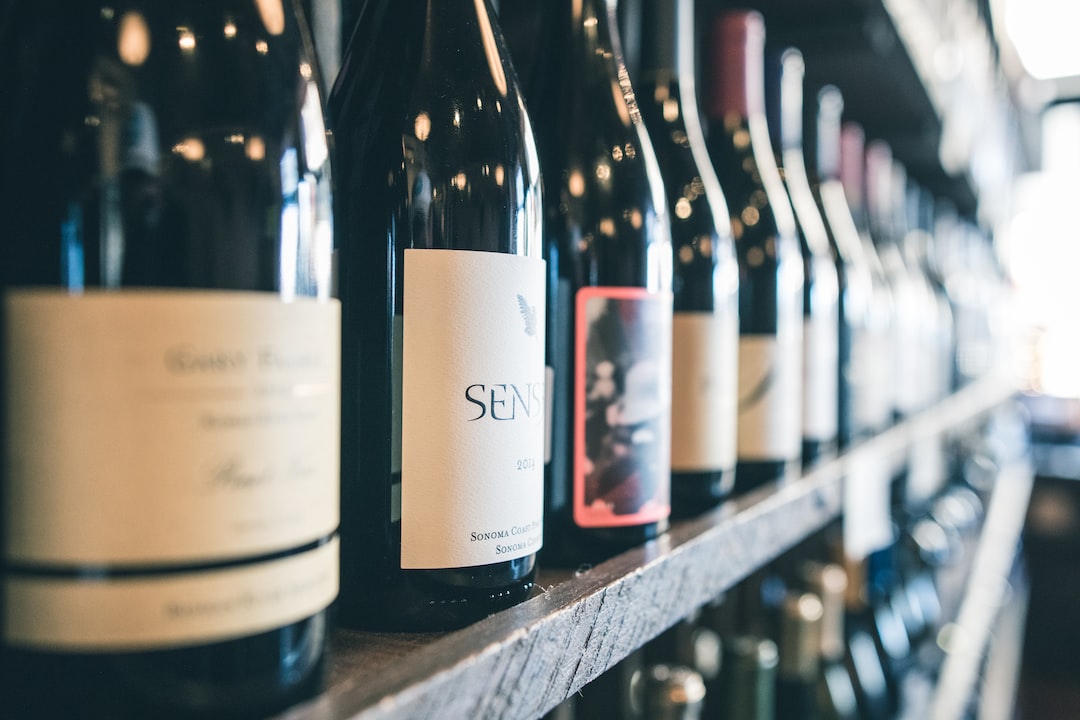
The Role of Acidity in Wine Pairings
Share
Unlocking the secrets of perfect wine and food pairings can seem like an art form, reserved for sommeliers and culinary experts. However, understanding the pivotal role of acidity in this process can elevate your dining experience from good to unforgettable. Acidity is one of the fundamental components of wine, influencing its flavor, balance, and ability to pair with various dishes. In this guide, we'll explore how acidity impacts wine pairings, offering insights and tips to help you make informed choices that enhance both your meal and your wine.
The Basics of Acidity in Wine
Acidity is a crucial element in wine that affects its taste, structure, and longevity. It's what gives wine its tartness and zing, balancing out sweetness, alcohol, and tannins. Wines with higher acidity feel lighter and more refreshing, making them excellent companions to a wide range of foods.
Understanding Acidity Levels
Wines are often described as having low, medium, or high acidity. Low-acid wines tend to feel smoother and richer, while high-acid wines are more tart and crisp. The acidity level in wine is influenced by several factors, including grape variety, climate, and winemaking techniques. For example, Sauvignon Blanc and Pinot Noir typically exhibit high acidity, whereas Chardonnay and Merlot may have lower acidity, depending on how they're produced.
The Impact of Acidity on Taste
Acidity can significantly alter the perception of a wine's flavor. High-acid wines can cut through the richness of fatty foods, cleanse the palate, and make flavors pop. On the other hand, wines with lower acidity might pair better with lighter dishes, complementing rather than overpowering the meal. Understanding how acidity affects taste is key to creating harmonious wine and food pairings.
The Science of Pairing: Acidity and Food
When it comes to pairing wine with food, acidity plays a starring role. It can enhance flavors, balance richness, and add a refreshing lift to your meal.
Balancing Richness with Acidity
Rich, fatty foods like cheese, buttery sauces, and fatty meats can be beautifully balanced with high-acid wines. The acidity cuts through the richness, cleansing the palate and preparing it for the next bite. For instance, a crisp Chablis or a zesty Sauvignon Blanc can be the perfect counterpoint to a creamy risotto or a rich salmon dish.
Enhancing Flavors with Acidic Wines
Acidic wines have the power to enhance and elevate the flavors of your meal. They can bring out the natural taste of your ingredients, making them more vibrant and pronounced. A tart Riesling might highlight the sweetness of a spicy dish, while a bright Pinot Noir could accentuate the earthy flavors of a mushroom risotto.
Practical Tips for Pairing Wine and Food
Mastering the art of wine pairing involves understanding how different elements interact. Here are some practical tips to help you create memorable wine and food pairings focusing on acidity.
Start with the Wine
Sometimes, it's easier to choose the wine first and then plan your meal around it. If you have a high-acid wine, consider dishes that are rich, fatty, or have a slight sweetness to them. This approach can help ensure that the wine and food complement each other perfectly.
Consider the Cooking Method
The way a dish is prepared can influence which wine pairs best with it. Grilled, roasted, or smoked dishes often pair well with wines that have a bit of acidity to cut through the smoky flavors. On the other hand, steamed or poached dishes might require a more delicate, less acidic wine.
The Role of Acidity in Different Wine Styles
Not all wines are created equal when it comes to acidity. Understanding the role of acidity in different wine styles can help you make better pairing choices.
White Wines and Acidity
White wines are often celebrated for their acidity, which can range from the razor-sharp tang of a New Zealand Sauvignon Blanc to the subtle crispness of an oaked Chardonnay. The key to pairing white wines is to match their level of acidity with the richness or delicacy of the food.
Red Wines and Acidity
While red wines are generally less acidic than white wines, they still contain enough acidity to play a significant role in food pairings. A high-acid red wine like a Barbera or a Sangiovese can be just as effective at cutting through richness and enhancing flavors as their white counterparts.
Advanced Pairing Techniques: Acidity and Texture
Beyond basic flavor interactions, acidity can also affect the texture of both the wine and the food. This section delves into how to use acidity to manipulate and enhance the textural elements of your pairings.
Acidity and Mouthfeel
Acidity can alter the mouthfeel of a wine, making it feel more refreshing and less heavy. This characteristic can be used to balance dishes that are dense or creamy, adding a dimension of freshness that might otherwise be missing.
Pairing Acidic Wines with Crisp Textures
Crisp, acidic wines can complement the texture of crispy, crunchy foods, creating a harmonious experience. For example, a sparkling wine with high acidity can enhance the enjoyment of fried calamari, with the bubbles and acidity cutting through the richness of the fried batter.
Exploring Regional Pairings
One of the best ways to discover successful wine and food pairings is to look at traditional regional pairings. Many classic pairings have evolved over centuries, with the local wine and cuisine developing in tandem.
Classic Regional Pairings
From the zesty Sauvignon Blancs paired with goat cheese in the Loire Valley to the robust Chiantis served alongside Tuscan steaks, regional pairings offer a wealth of inspiration. These combinations have stood the test of time because they balance acidity, flavor, and texture in a way that enhances both the wine and the food.
Experimenting with Modern Interpretations
While traditional pairings are a great starting point, don't be afraid to experiment with modern interpretations. Consider the principles of acidity and how they apply to contemporary dishes. A high-acid wine that traditionally pairs with a certain type of cheese might also work wonderfully with a vegan dish that has similar flavor profiles, as explored in our article on Wine Pairings for Vegan Dishes.
In conclusion, the role of acidity in wine pairings cannot be overstated. It's a powerful tool that, when used correctly, can transform a meal into an extraordinary culinary experience. By understanding and applying the principles outlined in this guide, you can begin to unlock the secrets of perfect wine and food pairings, elevating your dining experience to new heights. Whether you're planning a sophisticated dinner party or simply enjoying a meal at home, the right acidic wine can make all the difference.



